I. Charging: Controlling Temperature and Timing to Avoid Battery Damage
Prioritize Indoor Constant Temperature Charging
Charging lithium batteries below 0℃ can easily trigger lithium plating (affecting lifespan). Move the scooter/bicycle to an indoor environment of 10-25℃ and let it stand for 30 minutes before charging (allowing the battery temperature to rise). Do not charge directly outdoors in low temperatures, rain, or snow, and do not expose the charger to low temperatures.
Control Charging Time and Level
Battery charging speed slows down at low temperatures, so avoid overcharging (disconnect the power within 1-2 hours after full charge; do not leave it plugged in for extended periods). It is recommended to charge to 80%-90%, not fully charged (storing a fully charged battery at low temperatures increases the risk of bulging). If the battery is not used for a long period, top up the charge once a month to maintain 50%-60% charge. 1. Check the charging port status
Before charging, wipe away snow and moisture from the battery compartment port and charger plug to prevent short circuits. If the port is icy, dry it with a cloth before connecting to avoid damaging the contacts by forcefully plugging and unplugging.
2. Storage: Ensure "moisture protection + insulation" to reduce battery wear
Choose a dry and warm storage location
Avoid parking scooters/bicycles in low-temperature areas such as balconies and hallways. Prioritize indoor environments such as living rooms and storage rooms, where the temperature should not be lower than 5℃. If outdoor storage is necessary, wrap the scooter/bicycle with a waterproof and dustproof cover, place a wooden board underneath to insulate it from the cold ground, and place a moisture-proof bag near the battery compartment (to prevent condensation).
Proper parking and battery protection
Park the scooter/bicycle upright to avoid prolonged pressure and deformation of the tires. If the scooter/bicycle supports a removable battery, remove the battery and store it separately indoors (ensure the positive and negative terminals are not short-circuited). Keep away from heat sources, fire sources, and metal objects. III. Usage: Preheat in Advance, Avoid "Rough Operation"
Preheating and Inspection Before Use
Battery activity is low at low temperatures. Before use, move the scooter/bicycle indoors to preheat for 1-2 hours, or turn on the power and let the battery discharge slightly (e.g., idle for 1 minute) to activate its activity. At the same time, check tire pressure (low temperatures cause leaks; maintain standard tire pressure, usually 2.5-3 bar), brake sensitivity, and whether the lights are working properly.
Roam Smoothly to Reduce Energy Consumption
Accelerate slowly when starting, avoiding sudden throttle twisting (high current discharge at low temperatures will accelerate battery wear); maintain a constant speed as much as possible while riding, reducing sudden braking and acceleration; if encountering snowy or icy roads, reduce speed to avoid skidding and reduce riding time (range will be shortened at low temperatures; it is recommended to reserve 30% battery for the return trip). IV. Maintenance: Timely Cleaning and Regular Inspection
Post-Use Cleaning and Maintenance
After use in rainy or snowy weather, promptly wipe the vehicle body, battery compartment, charging port, and tires with a dry cloth (to remove snow, ice water, and mud) to prevent moisture residue from causing rust or short circuits. Do not use a high-pressure water gun to directly wash the battery compartment and electronic control components.
Regular Battery and Component Inspection
Inspect the battery appearance weekly (for bulging, leakage, and casing damage). If any abnormalities are found, stop using the battery immediately. Check the battery connections monthly for looseness and oxidation (apply a small amount of petroleum jelly to prevent rust). If the battery is not used for an extended period (e.g., more than one month), charge it monthly to prevent deep discharge (deep discharge can cause irreversible battery damage).



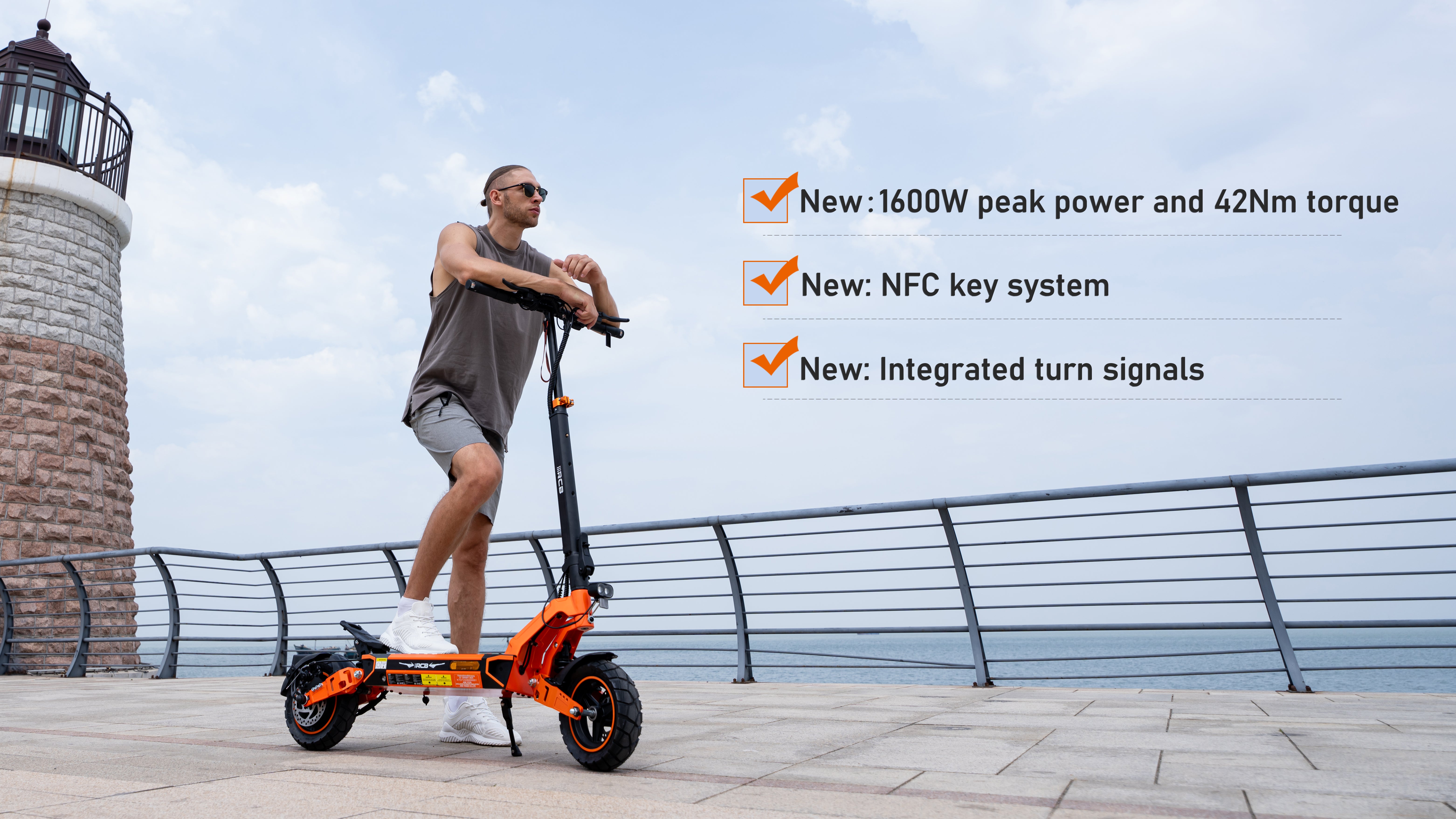
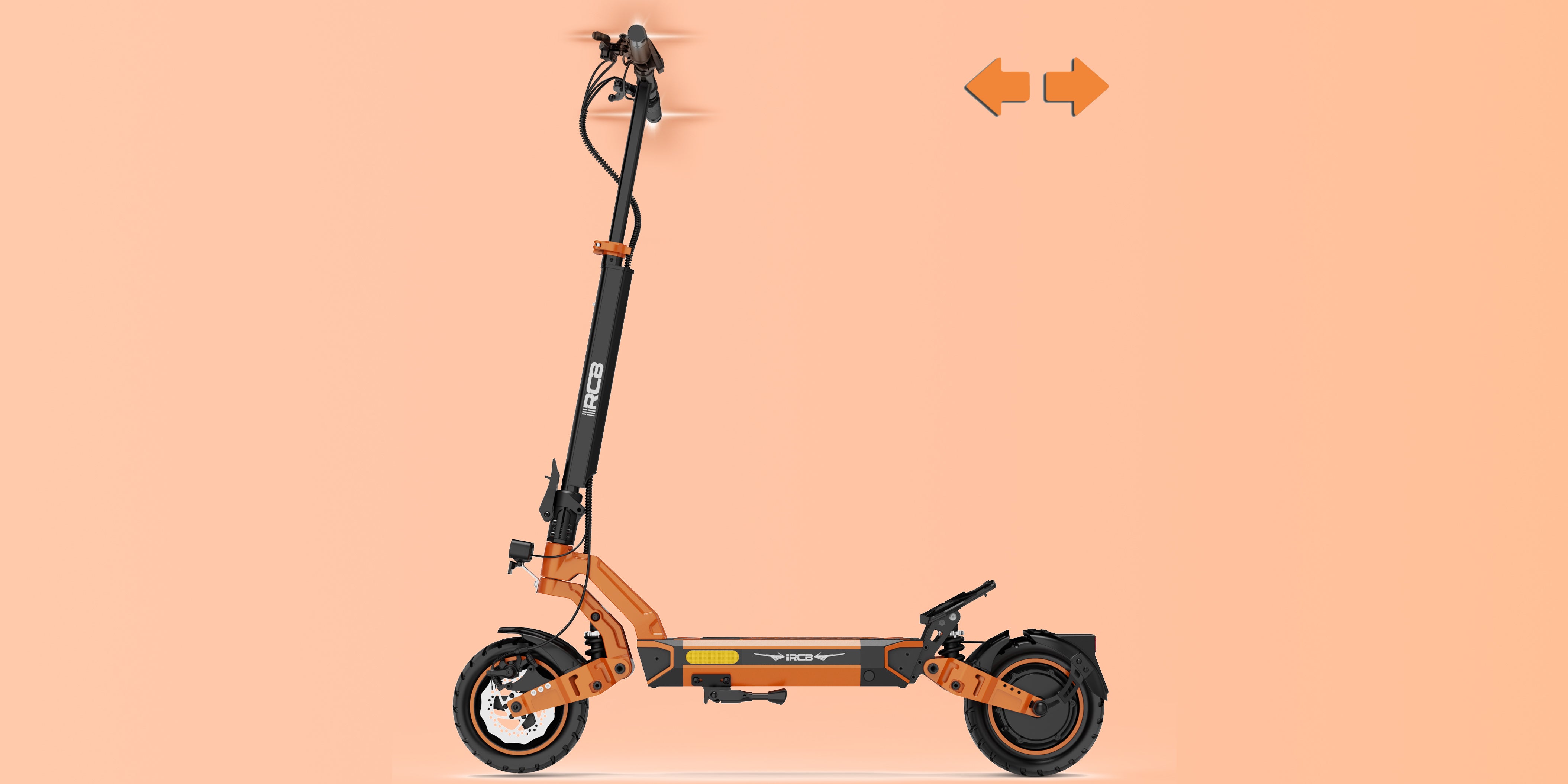
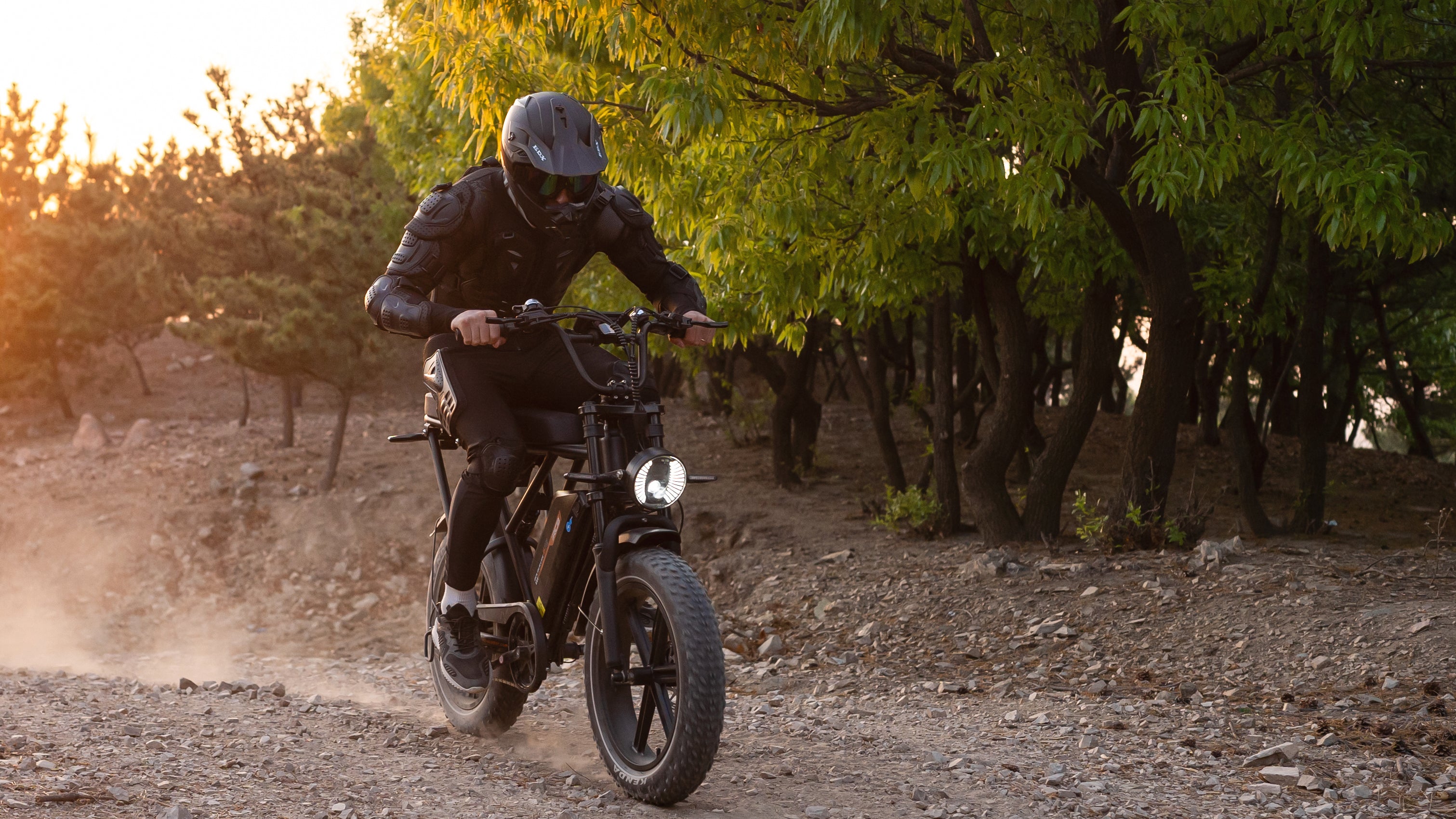
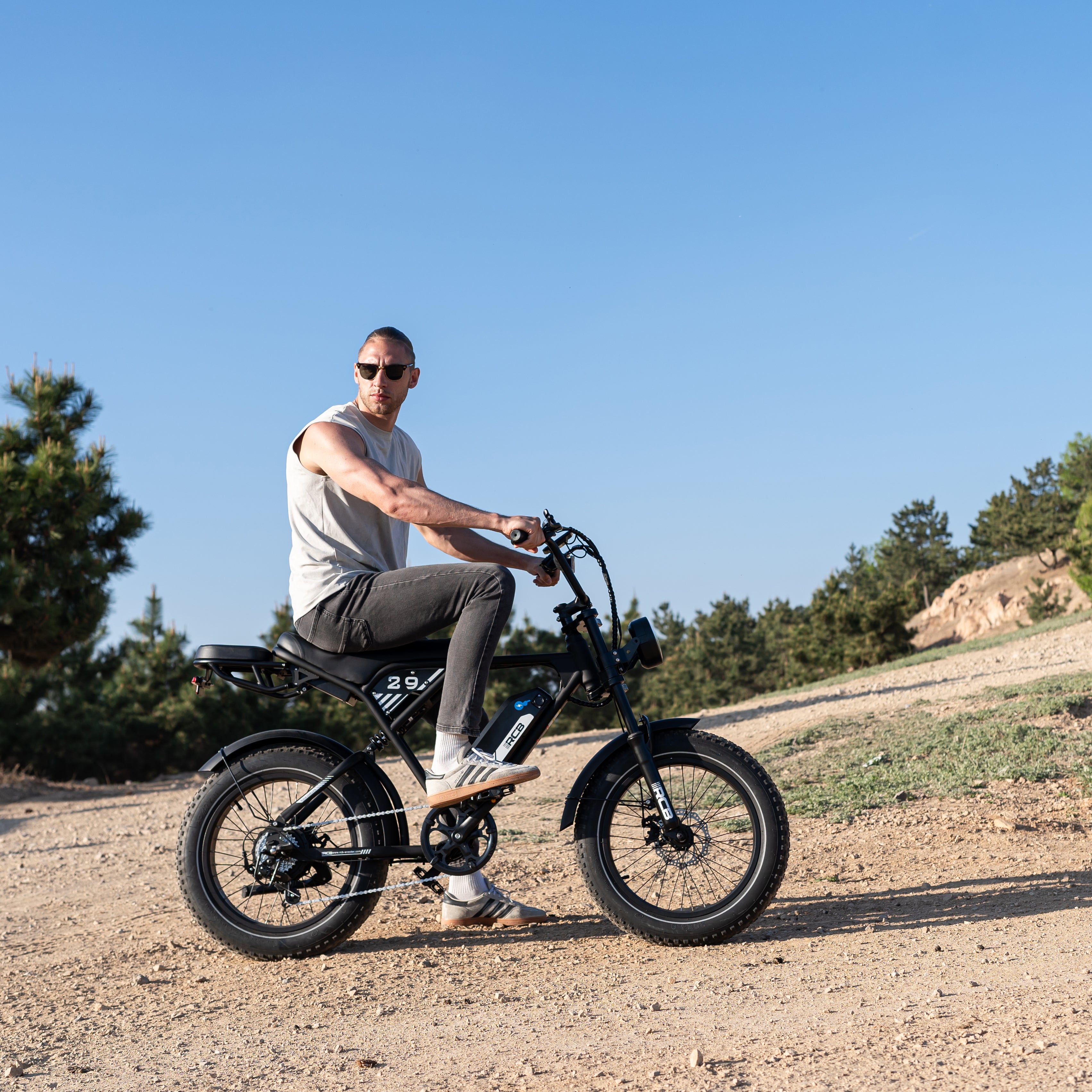
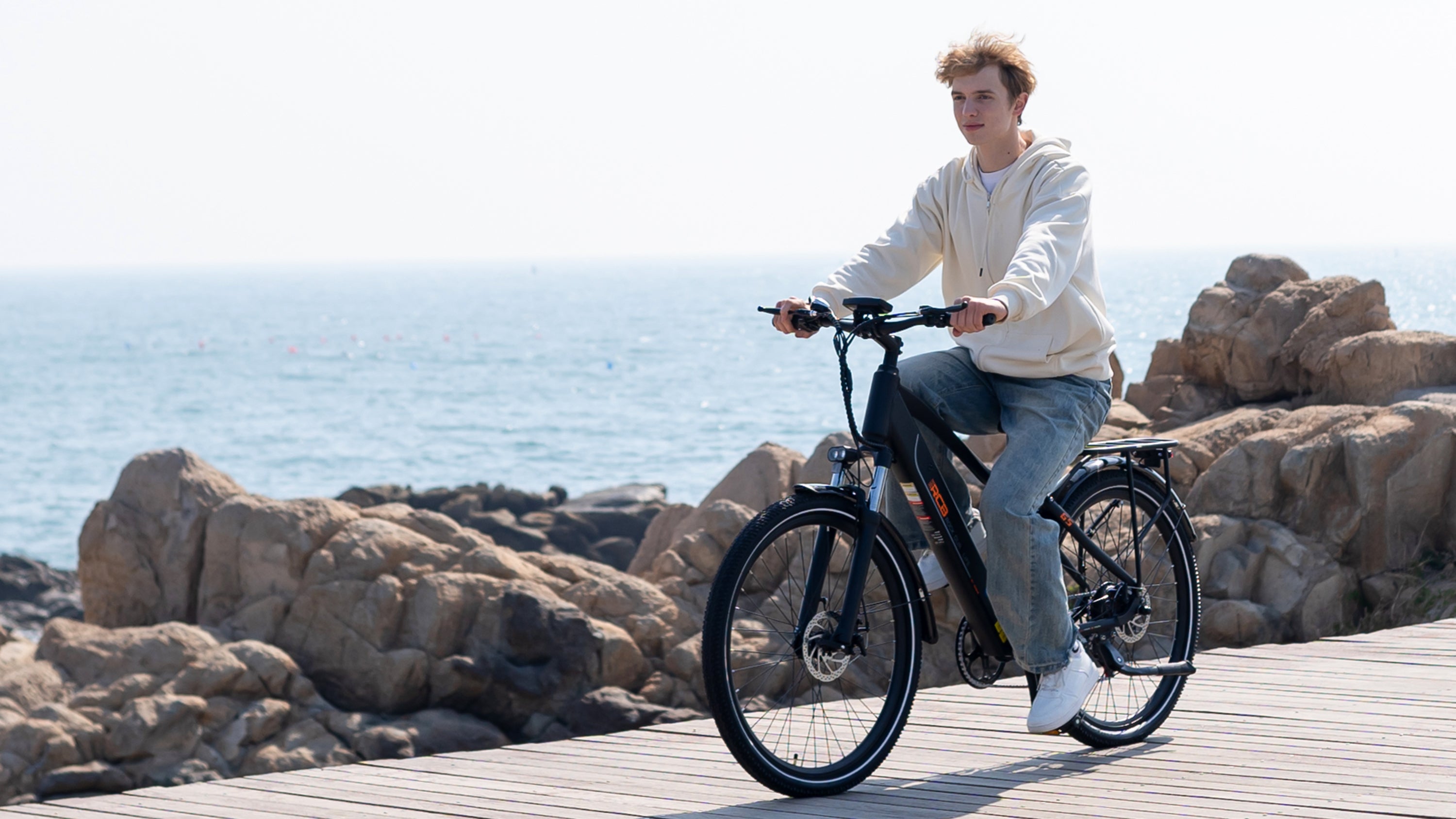



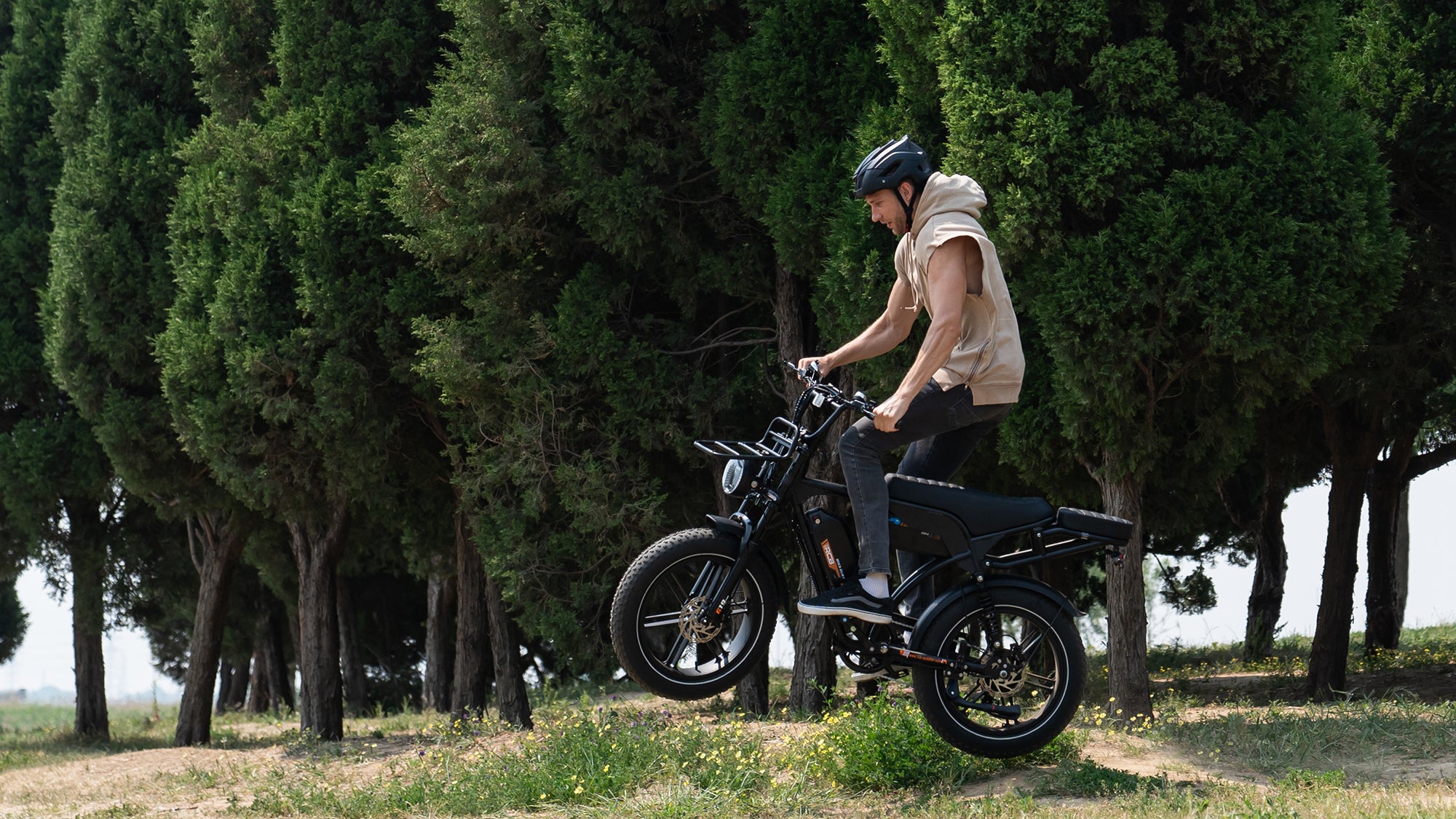
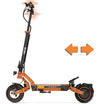

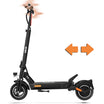

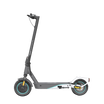



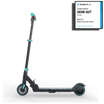
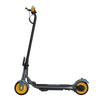

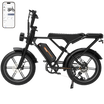
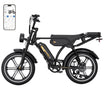
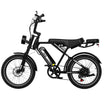
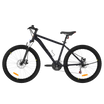


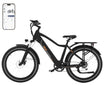
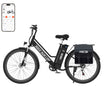
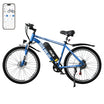
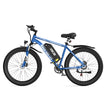




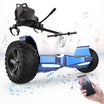

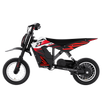
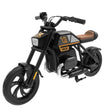
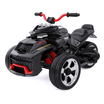

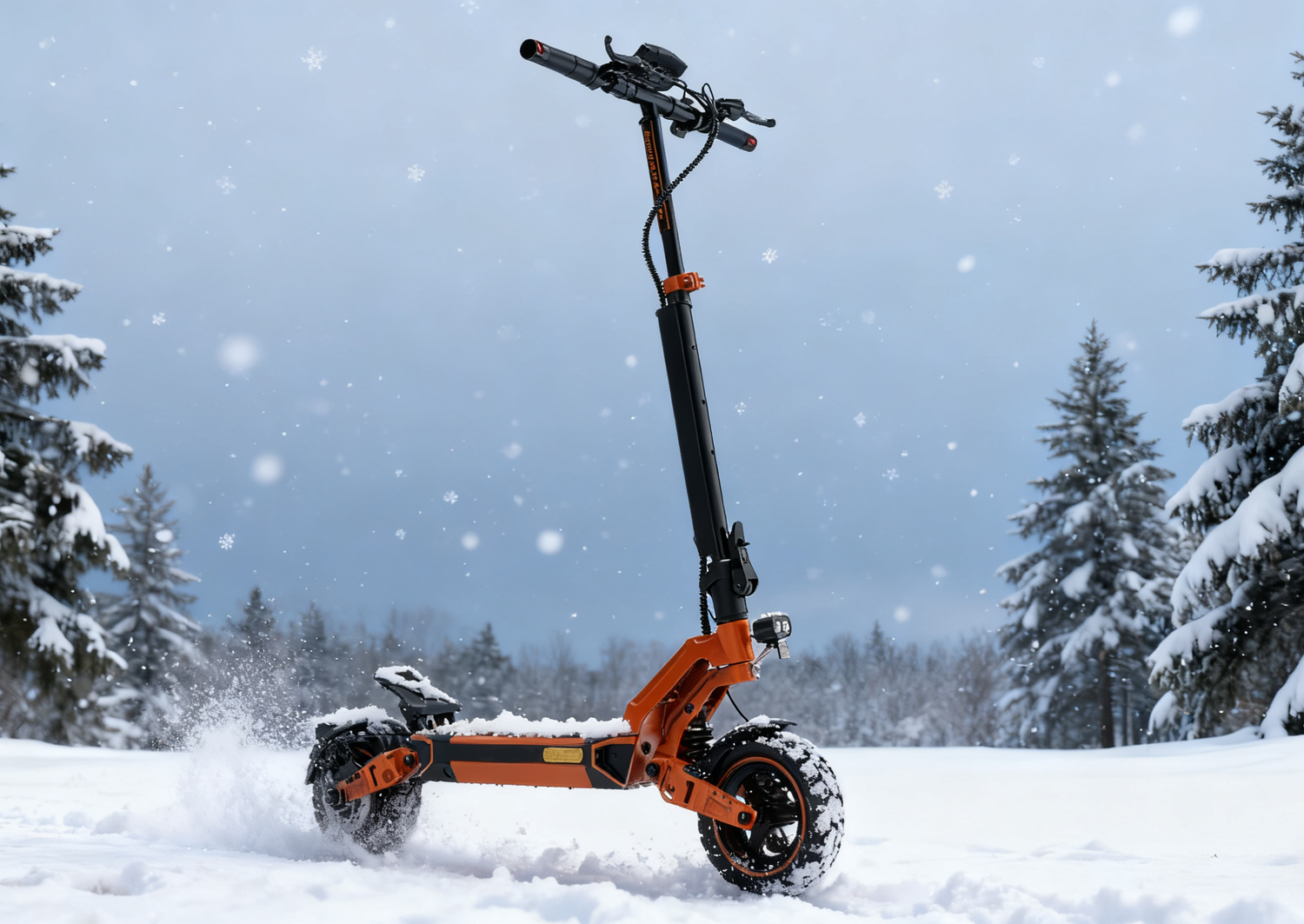

Zostaw komentarz
Ta strona jest chroniona przez hCaptcha i obowiązują na niej Polityka prywatności i Warunki korzystania z usługi serwisu hCaptcha.